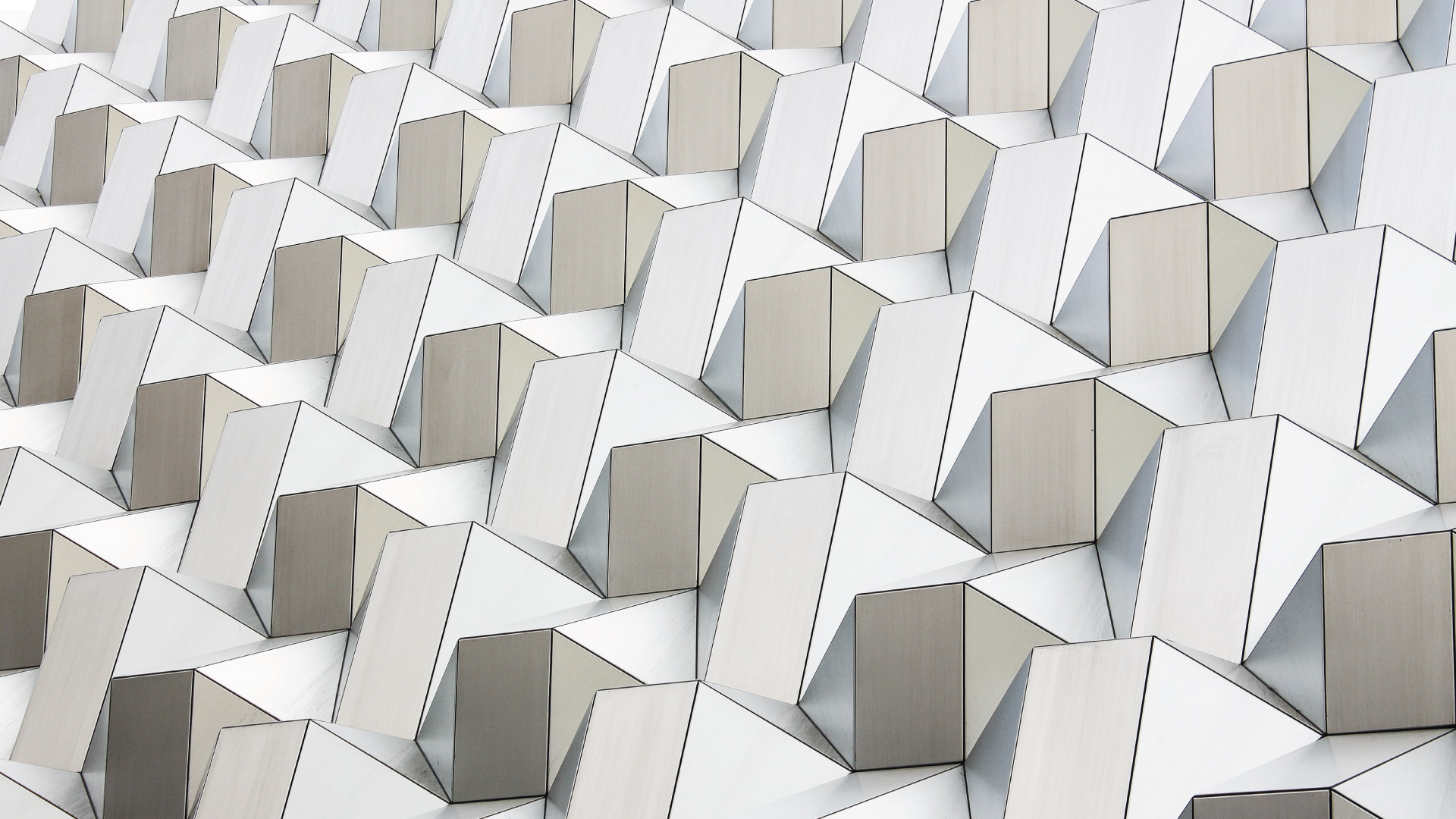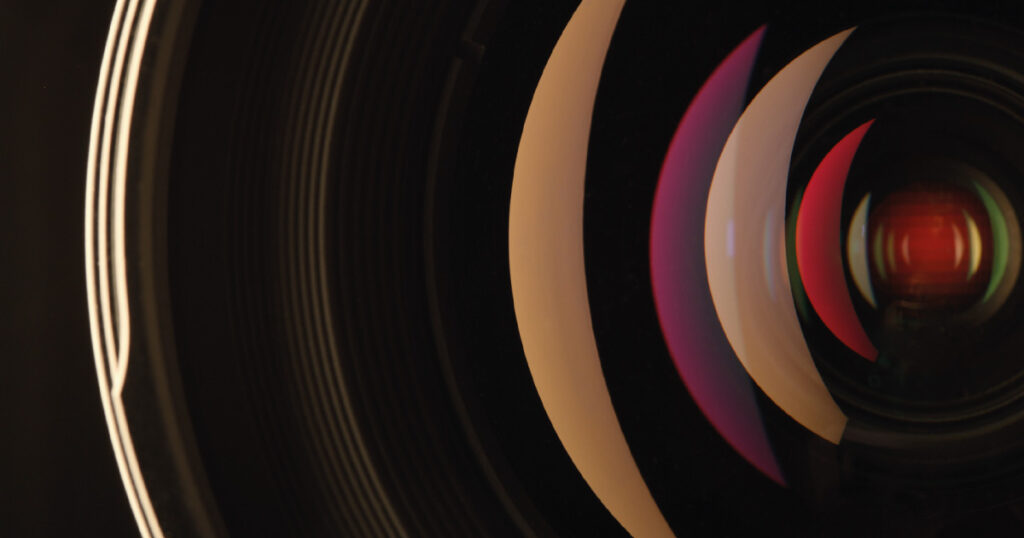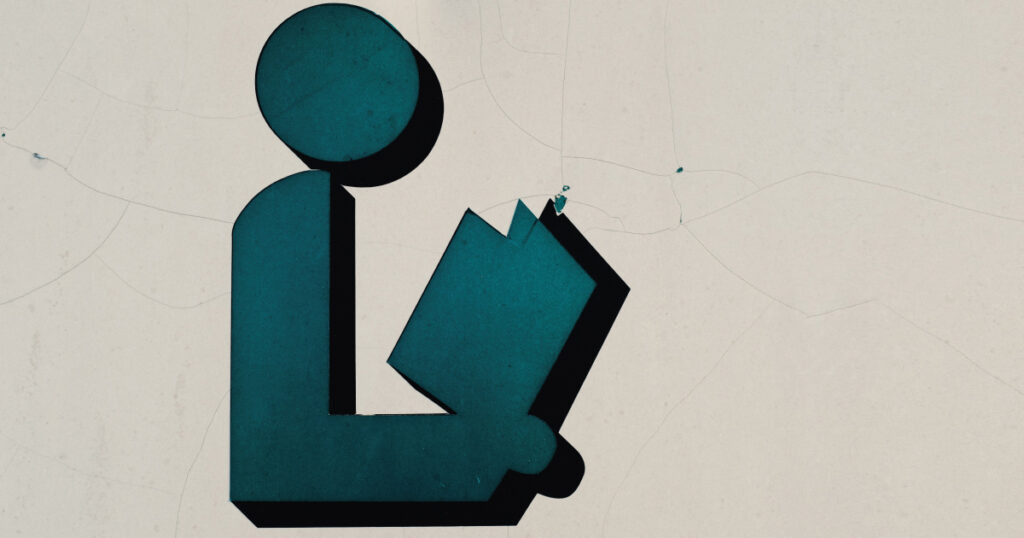
graphics, figures & tables
As a general principle, these should only be included if absolutely necessary. Models, tables, frameworks, flow charts and so forth are not what jcb’s about.
Figures, tables, illustrations etc. should be kept to a minimum and all must be “print-ready”. Please use shading sparingly, and only to aid the reader’s understanding. Remember that whilst the images will appear in colour online, they will be in grayscale in the printed version of the journal.
Use of Graphics within Manuscript
They should be numbered consecutively, using Arabic numerals and each with a brief title. Incorporate all of these visuals into the manuscript in close proximity to where they will appear if published. In text, also indicate where these figures, tables and illustrations are to be placed as well (eg. “Insert Figure X About Here”). Please place a page break before and after each figure or table.
Electronic File Formats
Electronic Figures should either be copied and pasted from the origination software or saved and imported into the content. Artwork must also be submitted separately in the following standard image formats: .eps – Postscript, .ai – Adobe illustrator, .pdf – Adobe Acrobat portable document, .jpeg, with a separate file for each image. All graphics should be supplied as files at a resolution of at least 300 dpi and at least 10cm wide.
Photographic Images
Photographic images should be submitted electronically and should be saved as .tif or .jpeg files at a resolution of at least 300dpi and at least 10cm wide. All should be supplied with captions and credit lines.
Please alse read our Guidelines on Copyright Permission. If you have any questions at all about supplying graphics or permissions clearance, please contact our editorial office




